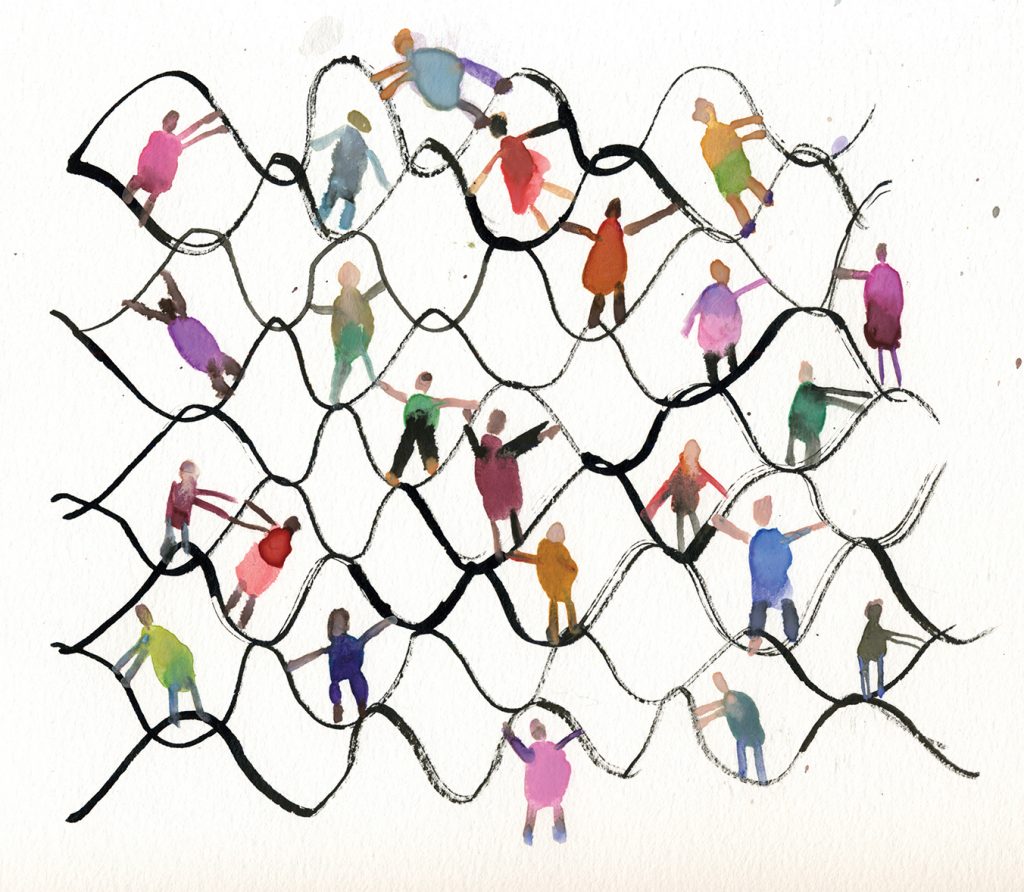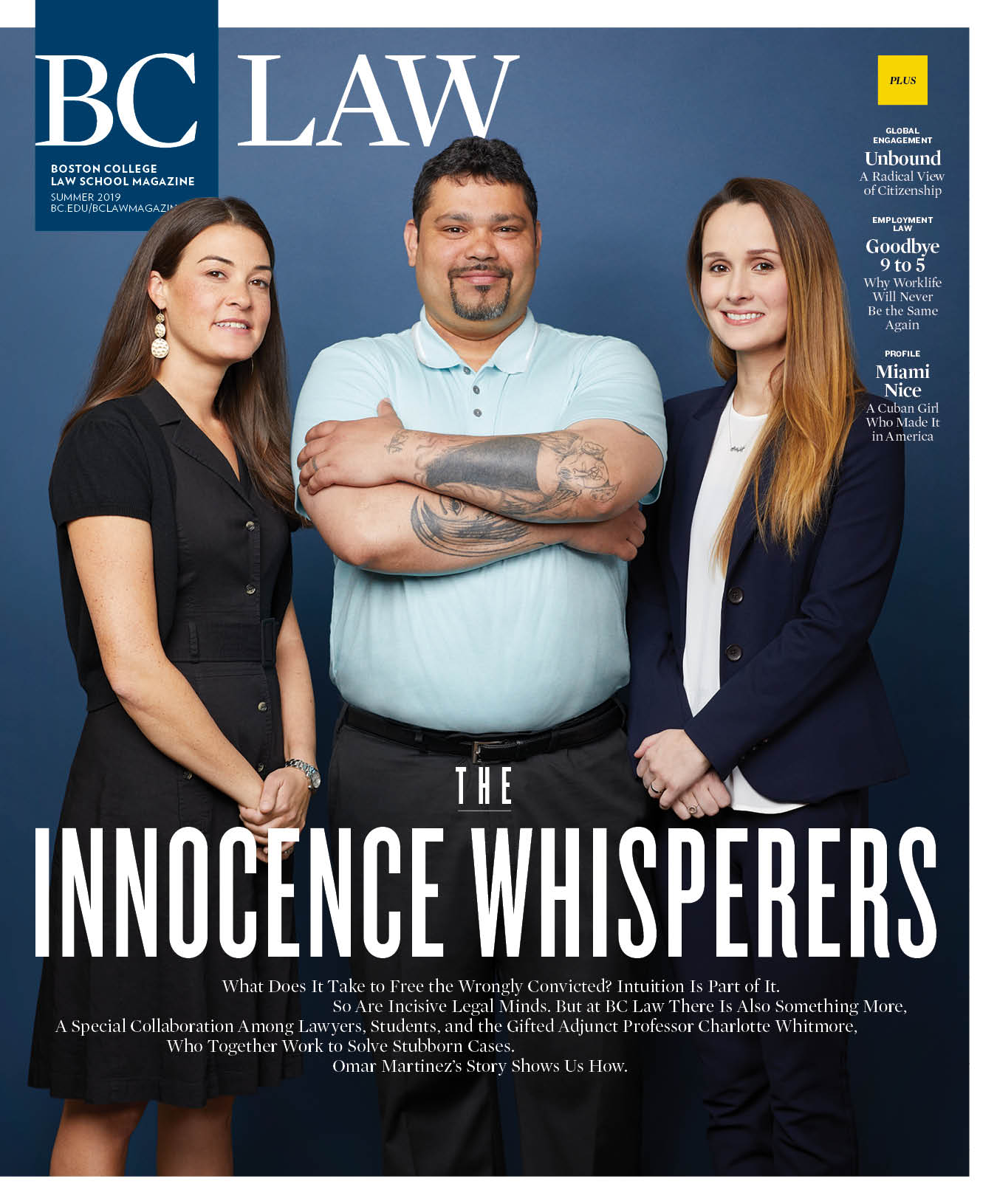A fifteen-year-old with bipolar effective disorder spent one hundred days out of the year in solitary confinement and failed to receive the daily forty-five minutes of education she was allotted by the juvenile justice facility at which she “resides.” A seventeen-year-old at the same facility, who presented with mental health needs, spent ninety days in solitary confinement, during which time he received no educational or treatment services. Thereafter, he suffered a psychotic break and now has a formal diagnosis of schizophrenia. These stories are just two that stemmed from a 2013 class action complaint against Contra Costa County Juvenile Hall in California.
Youth involved with the juvenile justice system present with a higher rate of mental illness and learning disabilities than do non-system-involved youth. These young people are often eligible for special education services as provided by the federal Individuals with Disabilities Education Act (IDEA) and yet they often fail to receive these services. Instead, they are placed in debilitating environments like solitary confinement due to behaviors stemming from their mental health concerns.
Education advocates typically bring suits against correctional institutions under the IDEA’s mandate to provide a free appropriate public education to students with disabilities. Unfortunately, this approach is failing because the IDEA is not able to tackle other barriers to educational access within facilities. The IDEA, however, is not the sole remedy available. The Americans with Disabilities Act (ADA) offers a more robust litigation avenue for enforcing the education rights of incarcerated youth with disabilities than bringing suit solely under the IDEA.
When juvenile justice facilities were created in the mid-nineteenth century, they served as the rehabilitative counterpart to the adult penal system and were commonly referred to as “reform schools,” a scholastic euphemism for prison for kids. On behalf of incarcerated students, legal advocates seeking educational access for their clients must first exhaust the administrative remedies that apply to prison conditions under the Prison Litigation Reform Act of 1995, or the PLRA, and those that apply to special education under the IDEA. Requiring exhaustion can delay proceedings while students continue to miss out on educational services and suffer in solitary.
Litigation under the ADA could prove more effective because of the breadth of its application and its lack of exhaustion requirements. The definition of disability under the ADA is broader than that under the IDEA and does not require the same stringent testing mandated by the latter. Any discrimination on the basis of disability—regardless of a formal diagnosis—is grounds for a challenge under the ADA.
By bringing suit under the ADA, advocates can challenge a wide variety of conditions of confinement that prevent incarcerated students with disabilities from accessing education. The few attempts at this strategy have resulted in settlements, and so the precedential value of this approach is not yet known. Regardless, we must bring attention to discriminatory practices in these facilities that prevent students from accessing a host of services—including education—that were meant to rehabilitate kids so that they can live productive and fruitful lives outside of the prison—or reform school—bars..
Lauren Koster is President of the Public Interest Law Foundation and an articles editor for the Boston College Law Review. Her note, “Who Will Educate Me? Using the Americans with Disabilities Act to Improve Educational Access for Incarcerated Juveniles with Disabilities,” 60 B.C. L. Rev. 673 (2019), lawdigitalcommons.bc.edu/bclr/vol60/iss2/7, was recently published in the Boston College Law Review.



